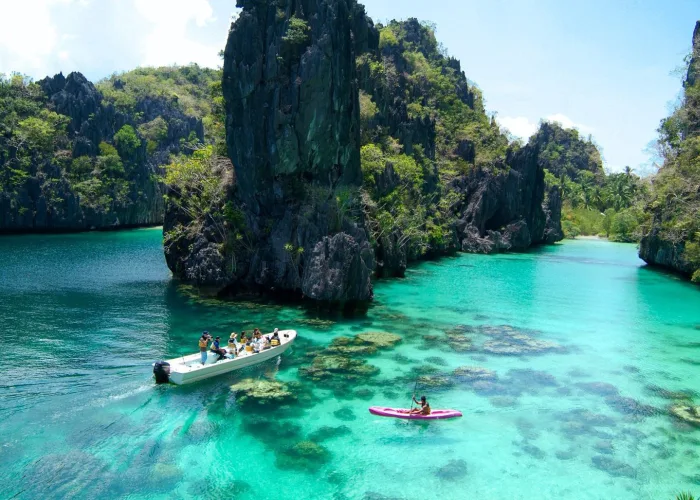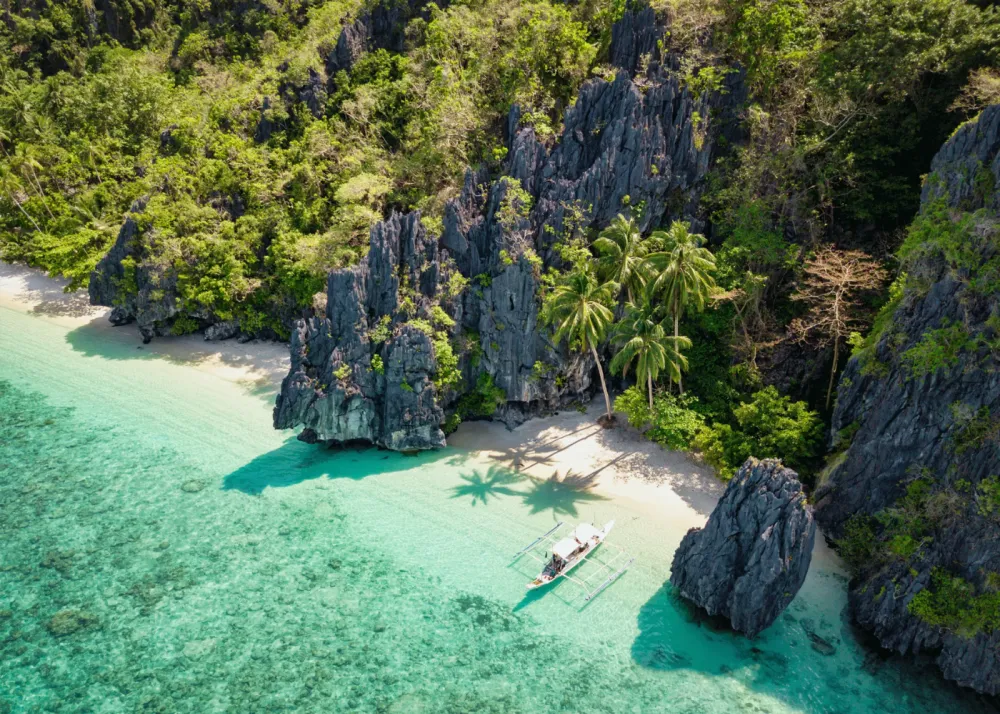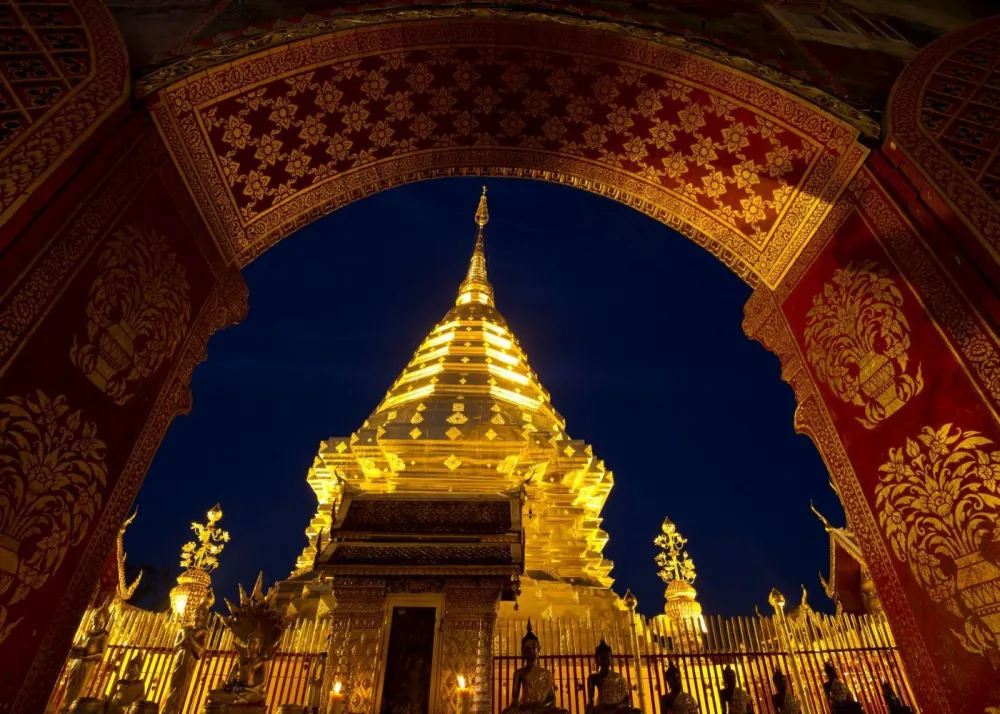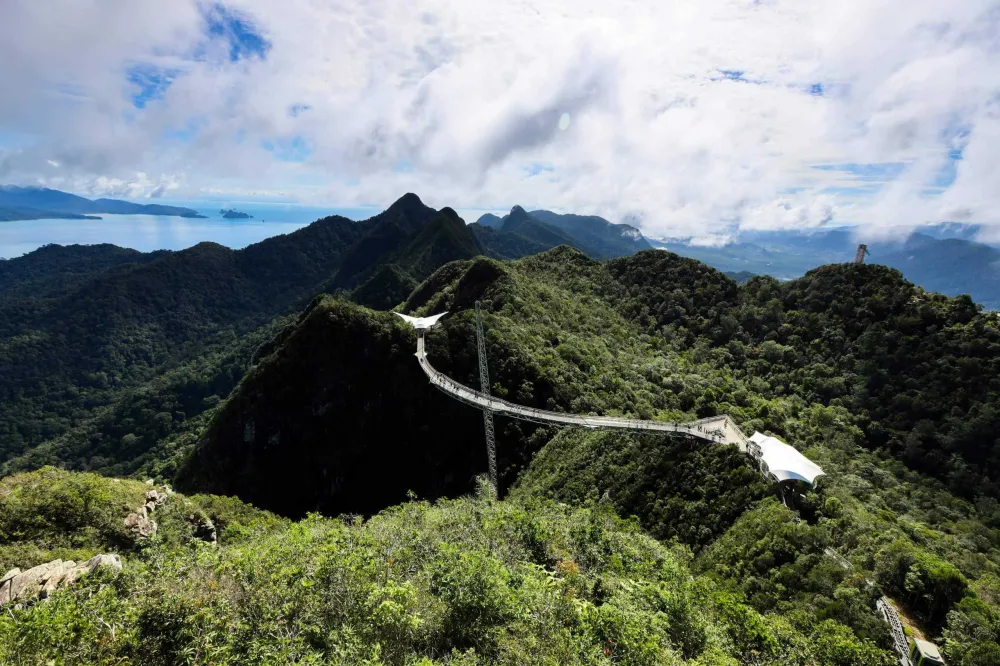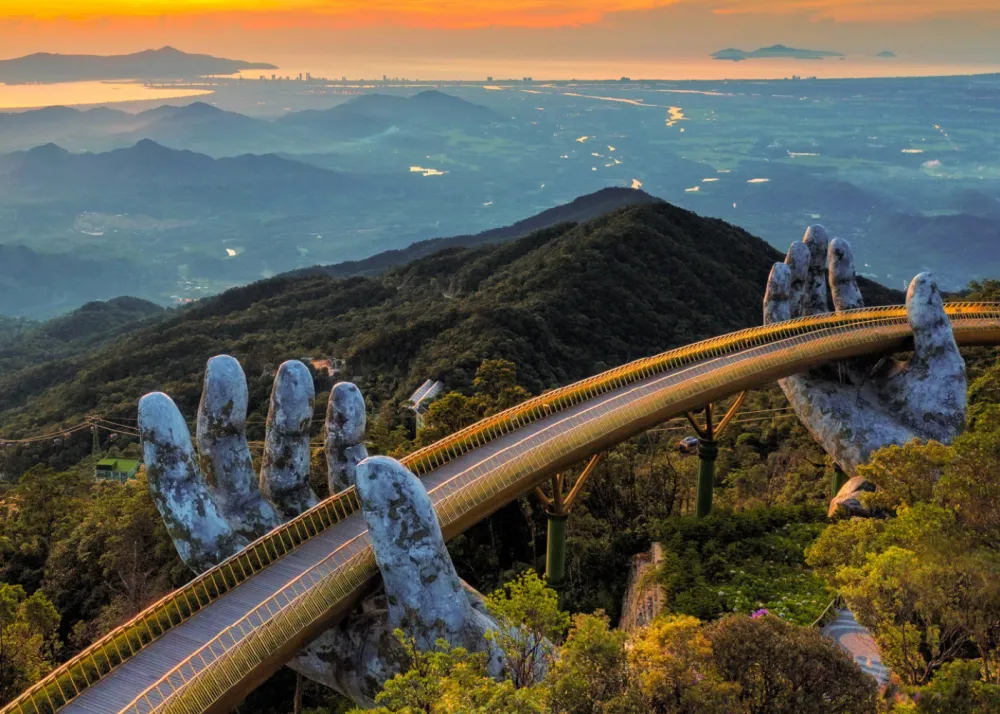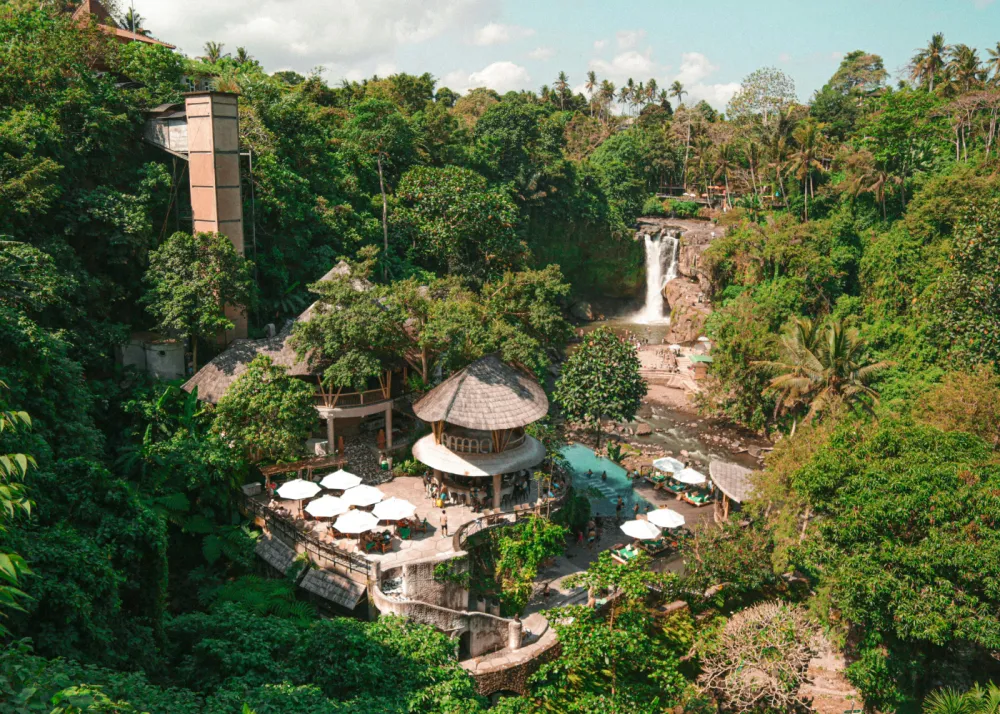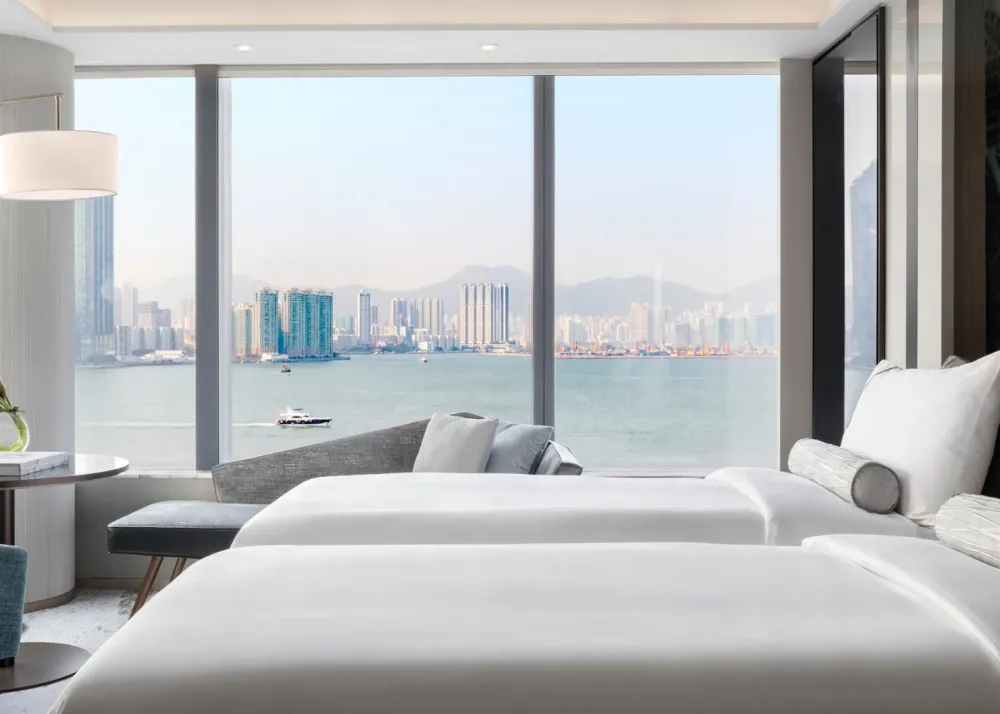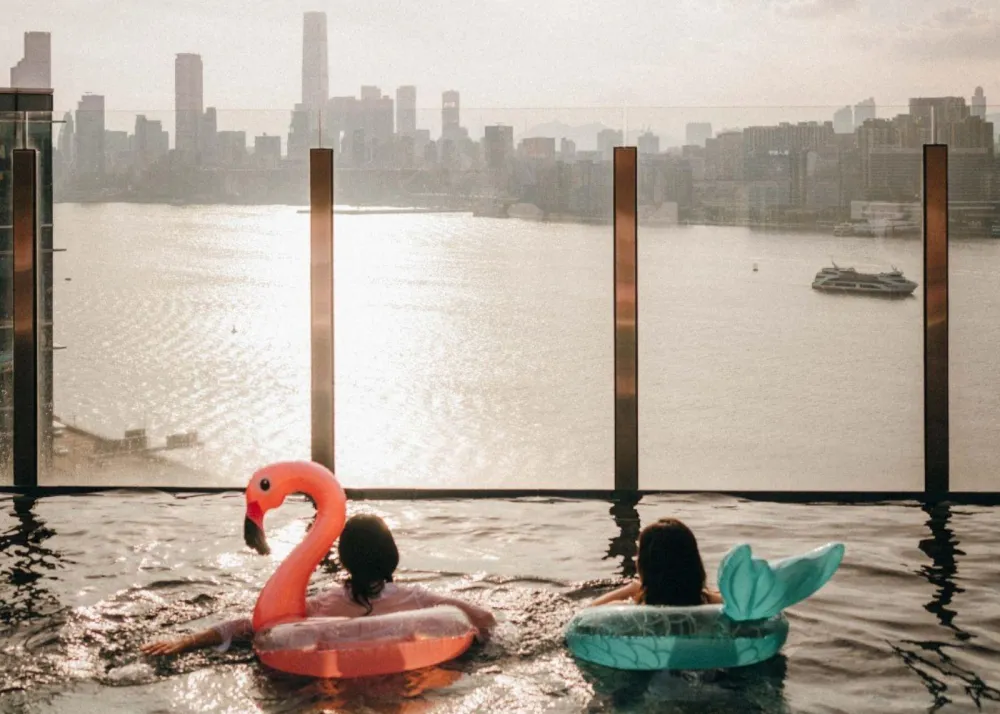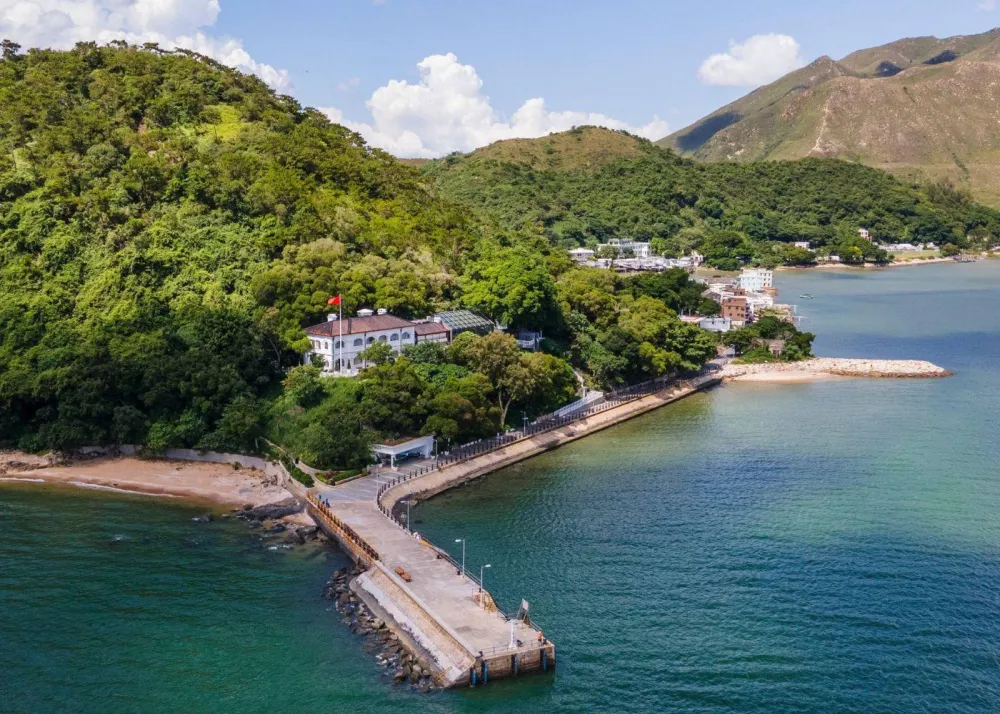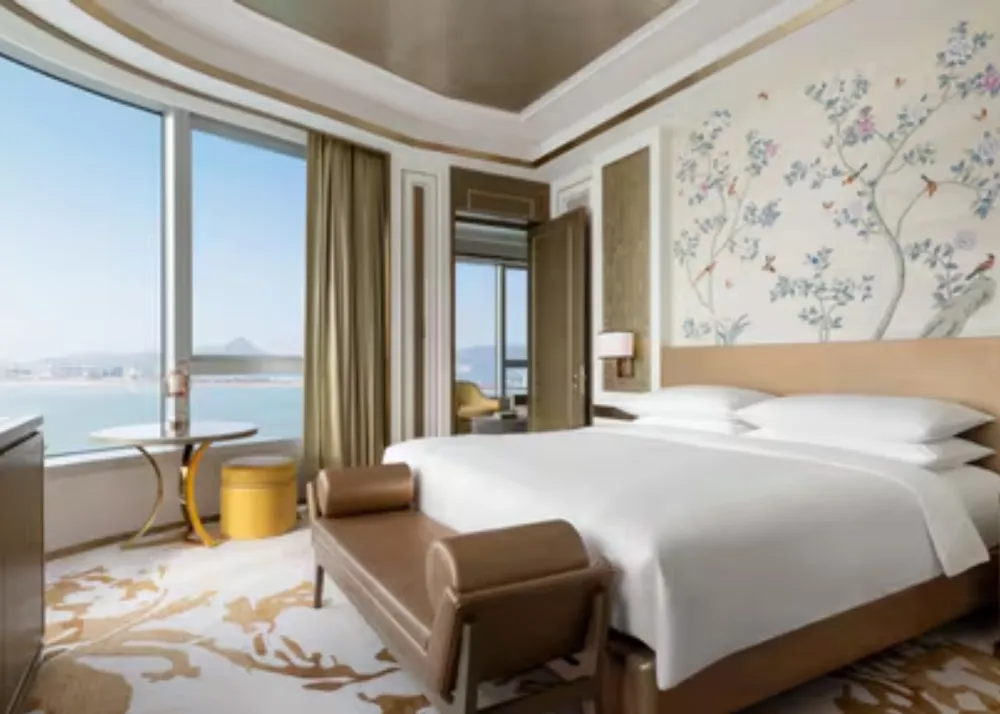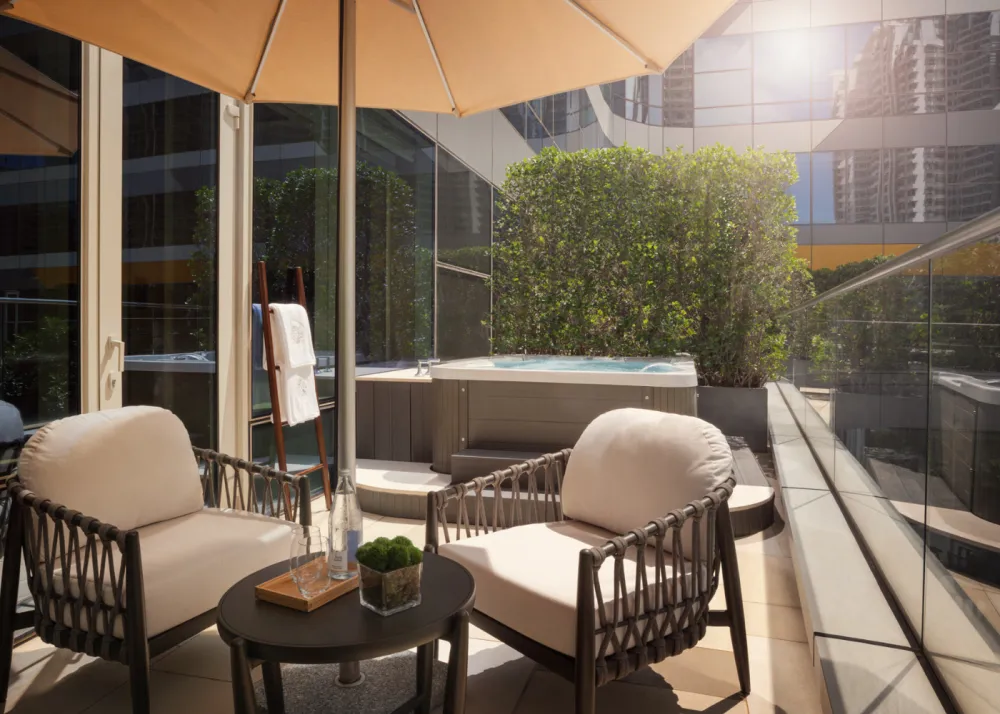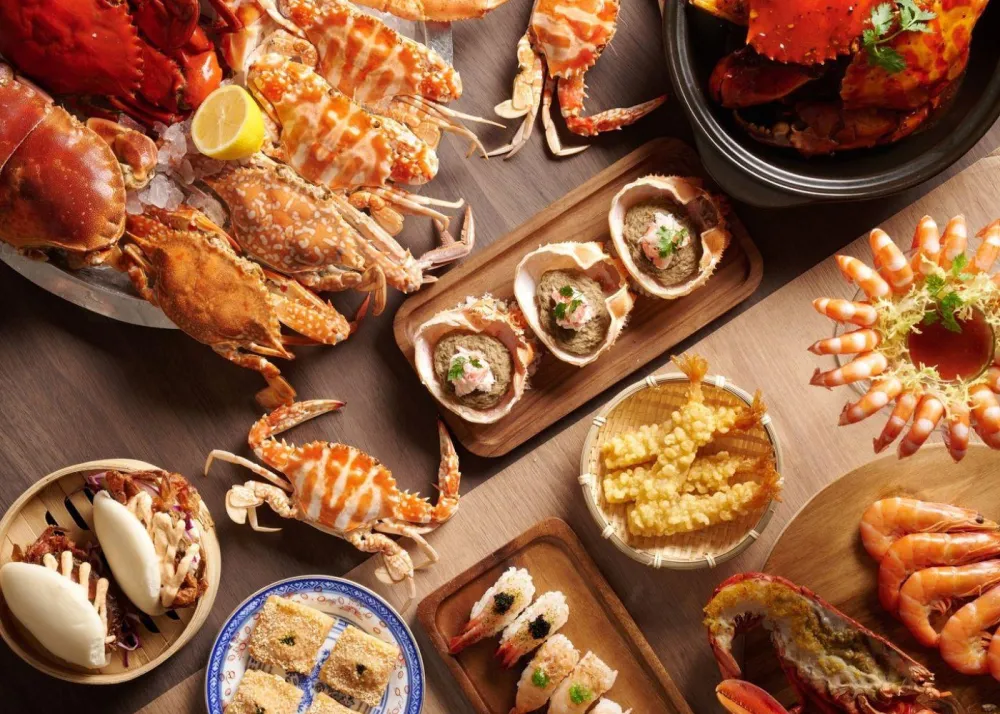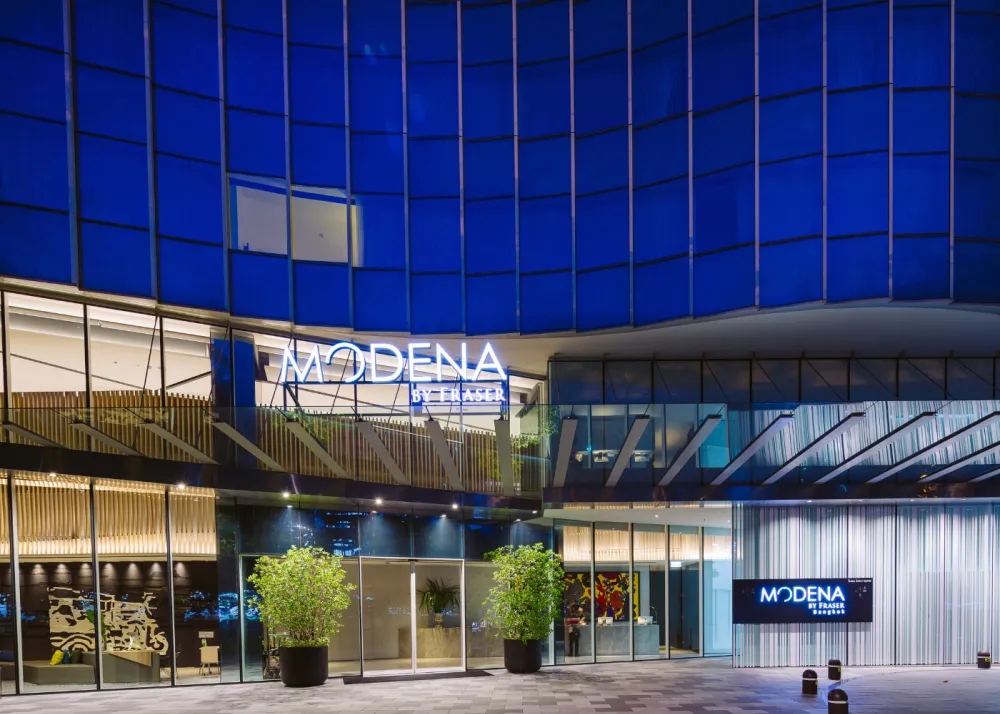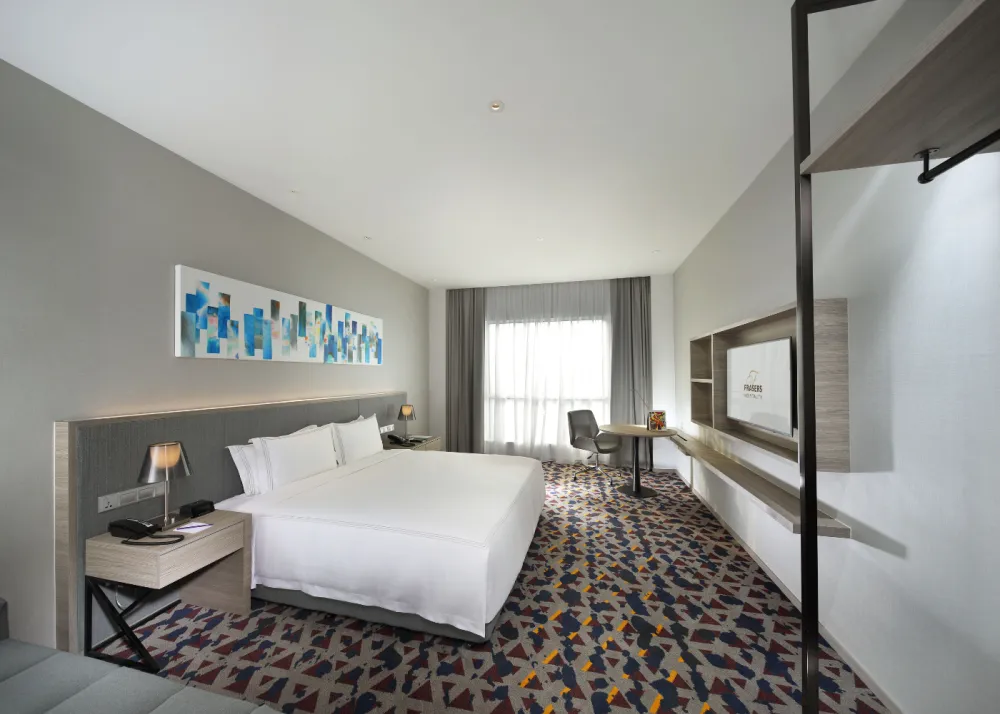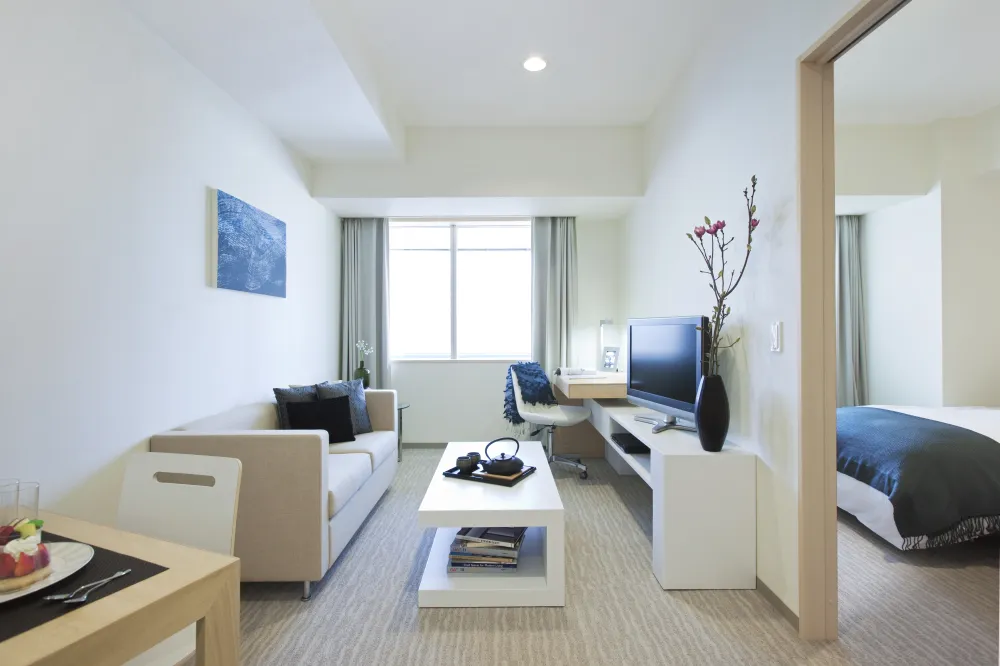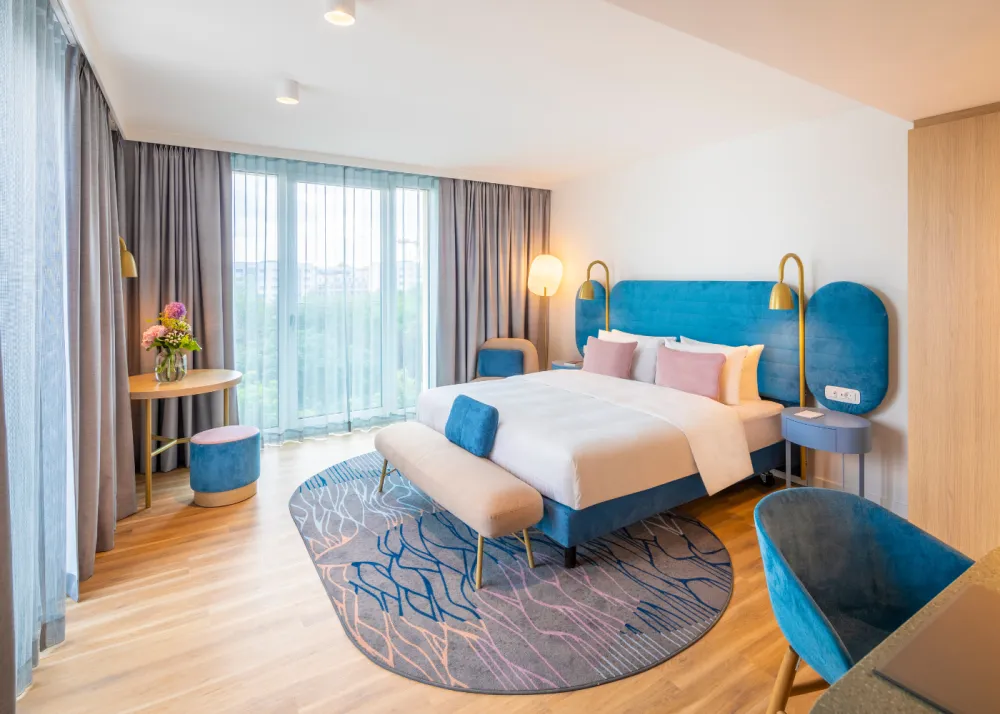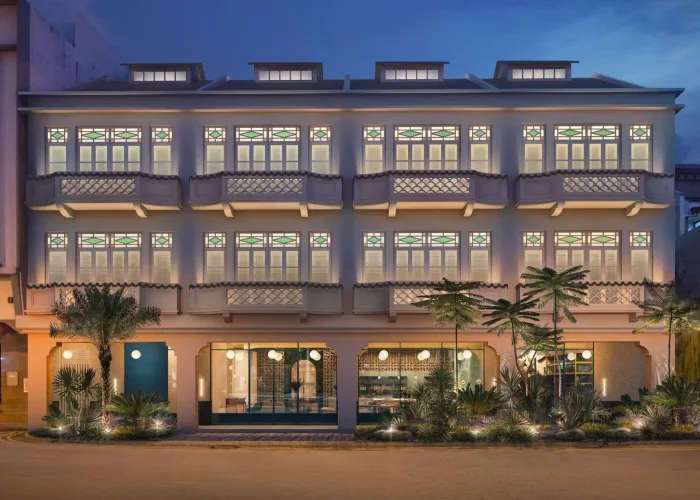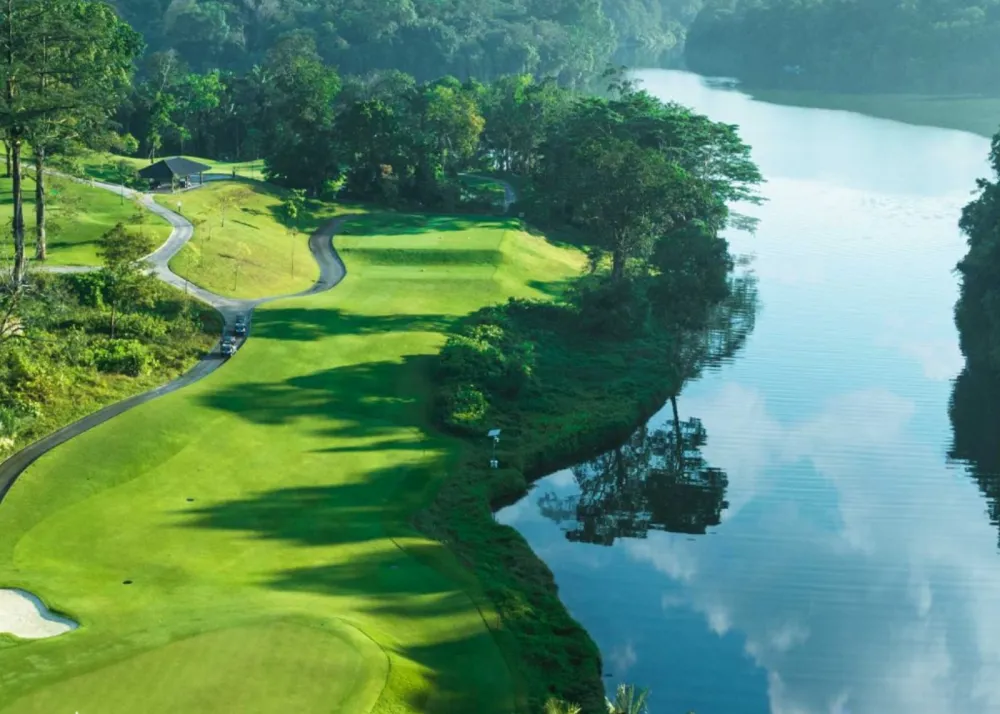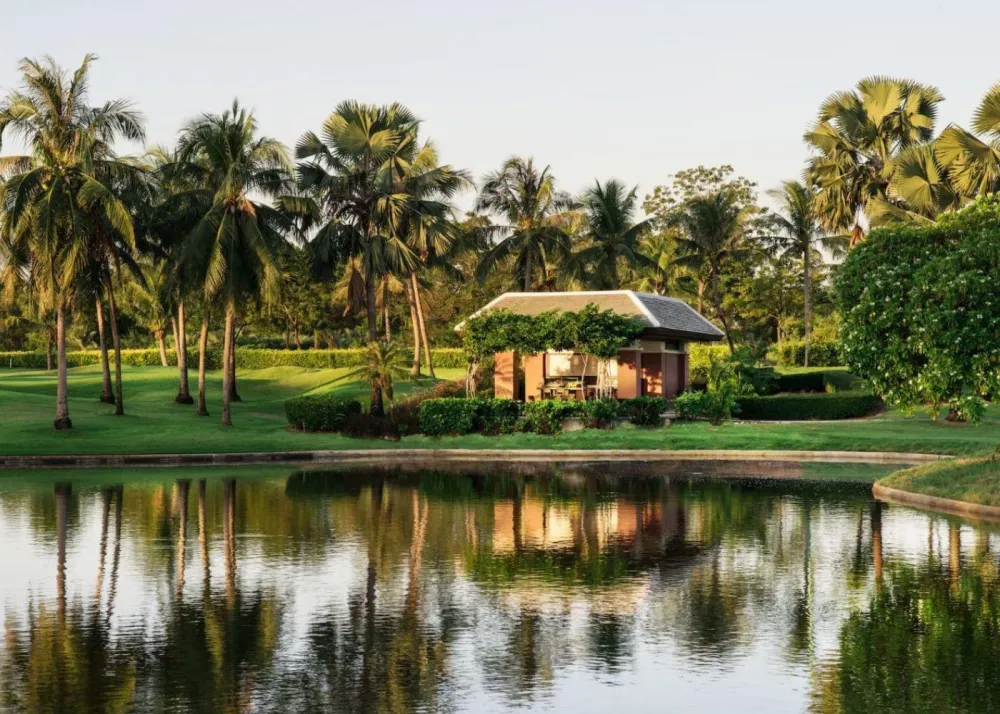Discover the Perks of Off-Season Travel in Some of Asia’s Top Destinations
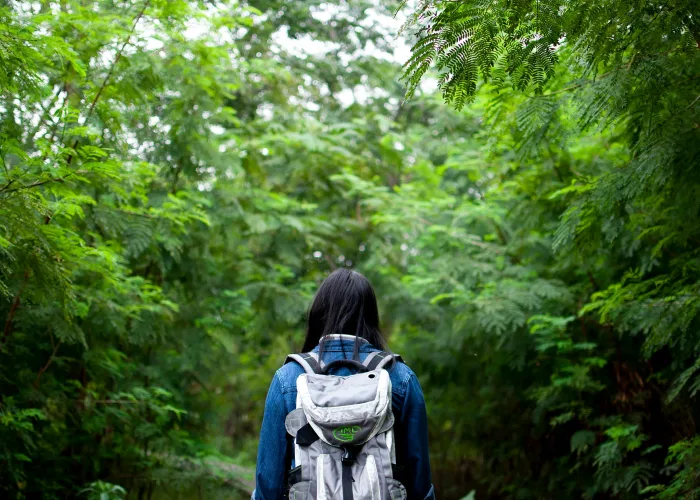
If you’re dreaming of a trip within Southeast Asia, but hoping to avoid the tourist rush, the off-season might be your perfect window.
While monsoon rains and humid days may deter some travelers, they also offer a quieter and more intimate experience of these vibrant countries. From Singapore’s iconic landmarks and Bangkok’s booming night market scene to the Philippines’ stunning natural wonders and Malaysia’s hidden beaches, traveling during the low season offers more than just fewer crowds, but also discounted accommodations, cheaper flight deals, and tour packages, as well as a chance to see each destination in a more local light.
Sudden showers in the city may roll in, but they’re often brief, leaving behind a refreshed landscape for you to explore. Here’s your off-peak travel season guide to five of Southeast Asia’s top destinations for maximum savings — and experience.
Philippines
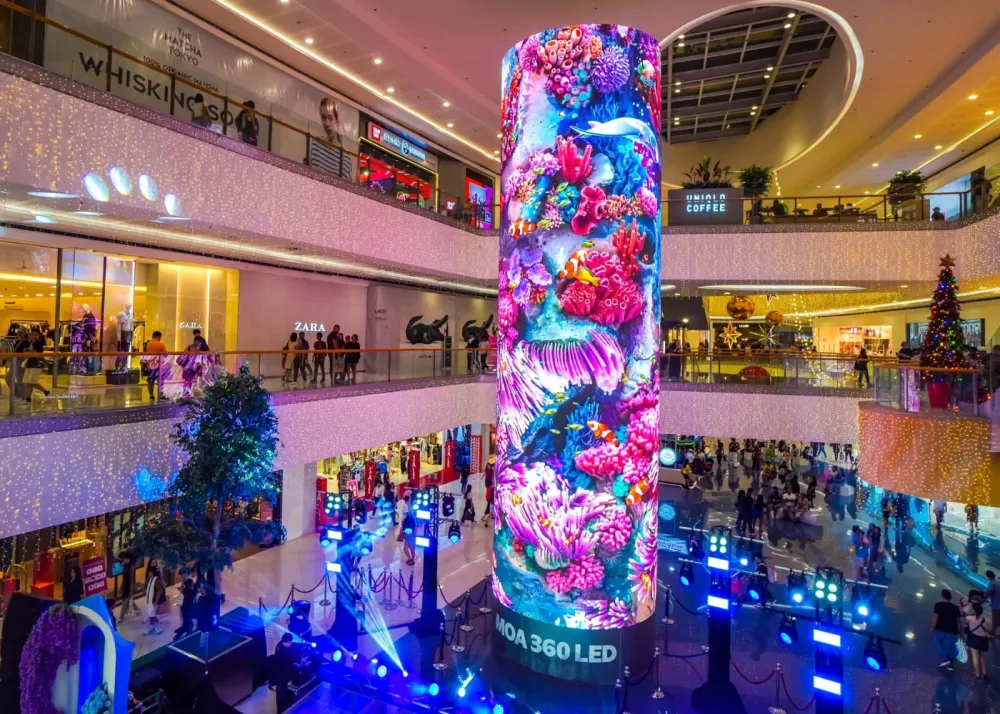
Off-season: June to October
Sand, sea, and sun are just three things people think of at the top of their heads when it comes to the Philippines, but there’s more to this Southeast Asian destination than coastal adventures under the sun.
Like many of its neighbors, the Philippines only has two seasons: dry and wet. The monsoon rains usually come between June to October, making this a time when tourists are least likely to visit. However, it isn’t rainy every single day, so luck could also be on your side, and you can sneak in a beach day or during this period, too. But the best part about traveling off-season is that you’ll be able to get lower accommodation and tour rates.
On rainy days, you’ll find that Manila is just as exciting as it is in the sun. The capital is known for its massive malls, which have everything from boutiques and movie theaters to restaurants and supermarkets. There are plenty of indoor activities to fill up your itinerary, which you can enjoy solo or with a group. You can watch a good movie at some of the VIP cinemas in the city, such as in Opus Mall, go ice skating, or race your way to the finish line in an indoor Go-Kart race track.
If you’re looking for a more cultural experience, there are also several museums across the city. The National Museum of the Philippines is open daily and free to enter, should you be interested in seeing historical artifacts and artworks.
Singapore

Off-season: January to Early March, May, and November
Singapore is warm and humid all year round, and gets its monsoon seasons in the latter half of the year. But that doesn’t take away the fact that it’s a great city to explore rain or shine.
Off-peak months are January, May, and November, and are when you’ll most likely score the cheapest flight tickets and hotel rates. You won’t even have to book attractions in advance because most of them will allow walk-ins. This city-state experiences a post-holiday lull during this time, so tourism is slow. There’s also the fact that there are no major school breaks, which means fewer families are traveling. The only downside is that your outdoor plans can get disrupted by frequent rain showers, so spending a day at Universal Studios Singapore or walking through Orchard Road may cause hassle.
But that doesn’t mean the fun has to end there. Orchard Road has plenty of indoor department stores where you can shop till you drop, and there are also a ton of amazing museums in the city, such as the ArtScience Museum that features exhibits that focus on art, science, and technology, and the Madame Tussauds Wax Museum, where you can pose alongside your favorite pop culture icons.
For foodies, most of the popular Hawker Centers are indoors, so you won’t have any problems experiencing the local delicacies. And should your beach plans at Resorts World Sentosa be deterred by monsoon showers, you can still witness the beauty of the underwater kingdom at the newly revamped Singapore Oceanarium.
Malaysia
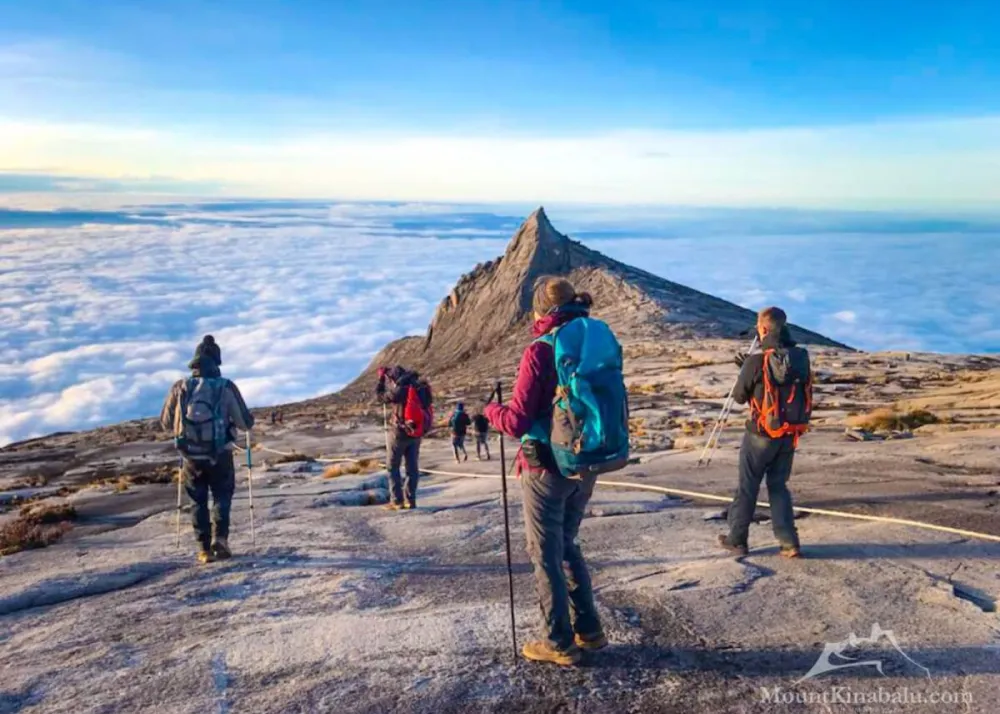
Off-season: April to October (September to November)
The good news about traveling to Malaysia is that the East and West Coasts experience their wettest months at alternate times of the year, which gives you a chance to properly plan your itinerary, as each side offers a set of unique experiences. The not-so-good news is that Malaysia attracts tourists all year round, so savings will be minimal. The country experiences the most showers during September and November, so we’d say this is the cheapest time to go.
The East Coast usually comes alive from April to September, so it’s a good time to hit the beach. Snorkeling visibility is reportedly amazing during this time, too.
For those who enjoy a bit of jungle trekking and wildlife adventures, April and July offer ideal weather conditions for exploring destinations like Taman Negara and Danum Valley. Additionally, it’s also a good time to climb Mount Kinabalu, Southeast Asia's tallest accessible peak, in August as it has the clearest skies and driest trails during this time.
Kuala Lumpur may experience more showers during the -ber months, but there are plenty of exciting indoor activities you can try, from exploring its high-end shopping malls, playing games at activity parks, and even skydiving!
Thailand
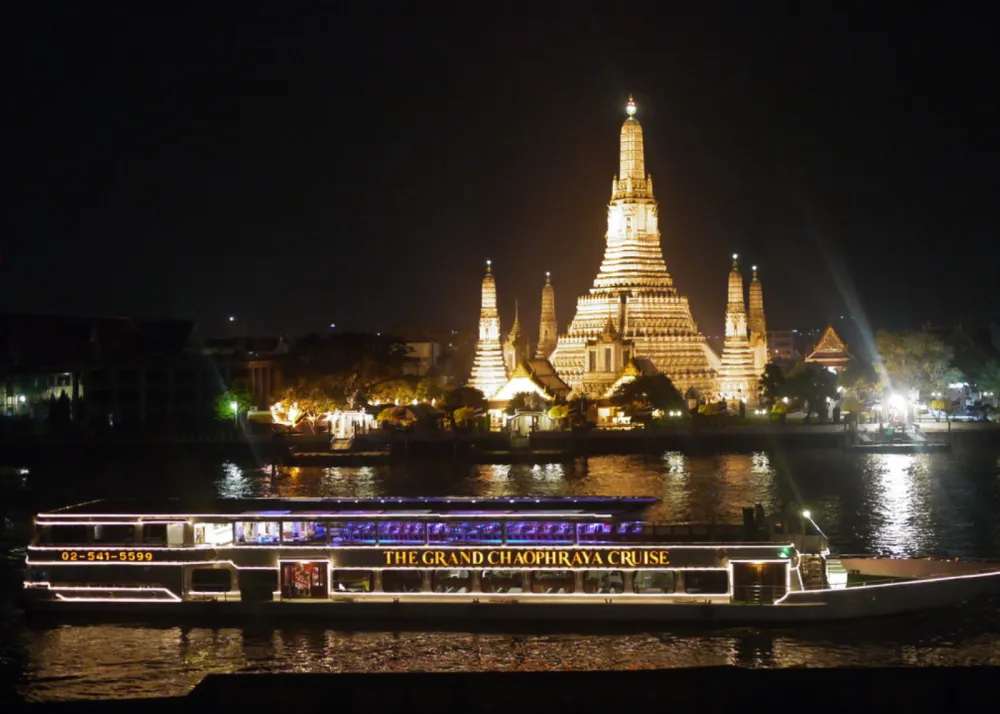
Off-season: May to October
Much like its neighbors, Thailand’s low season coincides with its rainy months, which happen from May to October. The good news is that although rain showers roll in more often, they are usually brief and followed by sunshine. It’s also more humid during this time, but once you’re lounging on the beach, you’ll barely even notice it.
Speaking of beaches, Thailand may not be known as a surfing destination, but the monsoon season brings in bigger swells perfect for shredding the waves. The beaches are also less crowded, so you’ll have more chances of getting that perfect sunset selfie — #BeachLife. From Phuket to Koh Phayam, you’re sure to find some decent swells during the off-season.
Rainy months also provide experiences you won’t usually get during travel season. Take a riverboat cruise along Bangkok’s Chao Phraya, which gives off a different vibe amid cooler temperatures and misty mornings; join various cultural festivals like the Queen’s Birthday Flower Festival in August and Phuket’s Vegetarian Festival. One pro-tip to maximize your itinerary is to book your excursions in the mornings since the rains usually come in the afternoons.
Rainy days call for spa treatments at wellness resorts, which provide discounted rates during this period. It’s also a good time to try cultural workshops such as Thai cooking classes, pottery making, and jewelry making. Additionally, spending more time indoors means more time to fully immerse yourself in the country’s stunning temples and cultural shows, as well as to explore some of Bangkok’s top shopping destinations, which offer more than just shops and food hubs, but also recreational venues such as an aquarium and an indoor waterfall!
Indonesia
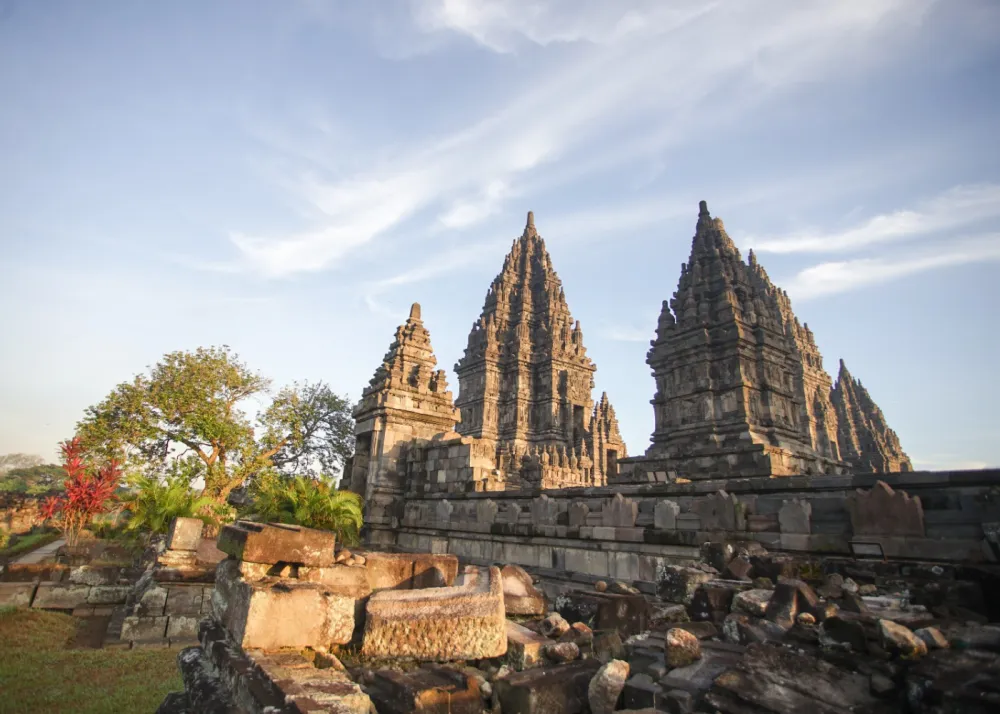
Off-season: November to March
Indonesia enters its low season in November, when it gets the most humid and the most rain. However, this time of year transforms the island into a lush paradise brimming with greenery, which is a sight to behold in itself.
This season is the ideal time to explore Indonesia’s rich cultural heritage and stunning natural landscapes. You can visit temples and historical sites such as the Borobudur Temple in Java or Tanah Lot Temple, which was carved out of a rock formation jutting out of the sea! These destinations have fewer crowds during the monsoon months, so you can enjoy them in a quieter and more intimate capacity.
January to February is the wettest season, but that doesn’t mean heavy rains all day. Yes, you’re likely to experience occasional downpours every now and then, but they’re mostly followed by sunshine like it never happened. Hiking or scaling volcanoes isn’t encouraged during this time, but provinces such as West Papua and Maluku experience their driest season during these months, so you can still do some hiking in the villages there.
The low season also brings forth a plethora of cultural festivals you can take part in, such as Bali’s Galungan (April and November) and Kuningan (May and November).
Some Tips:
- Book in advance – A bargain trip doesn’t depend only on your travel dates but also on how early you set them. Make sure to book your trips well in advance to get the best deals and maximize your savings.
- Plan aheadand be flexible – If you’re planning a trip during the off-season, make sure you know the pros and cons of your trip. Research about which activities are most likely to be unavailable or discouraged, and have a Plan B ready, should some of your booked activities get cancelled due to weather issues. Also, stay informed on the latest forecasts a few weeks before your trip.
- Pack smartly and prioritize wellness – Sudden showers are everywhere, so umbrellas and weather-proof apparel are just some of the things that you should consider bringing along. It also helps to pack extra clothes and toiletries in case you experience unforeseen circumstances such as flight delays or being stuck in your accommodations due to a typhoon. Traveling during the off-season also means fluctuating weather conditions that increase our exposure to illnesses. Make sure to pack a first-aid kit and vitamins that boost your immune system in order to stay healthy and maintain good energy throughout your travels.
- Get Travel Insurance – Weather disruptions and limited services mean cancellations are most likely to happen during off-season travel. It’s best to stay protected by purchasing travel insurance that covers unexpected flight delays, hotel cancellations, and medical emergencies.
Get the latest curated content with The Beat Asia's newsletters. Sign up now for a weekly dose of the best stories, events, and deals delivered straight to your inbox. Don't miss out! Click here to subscribe.


